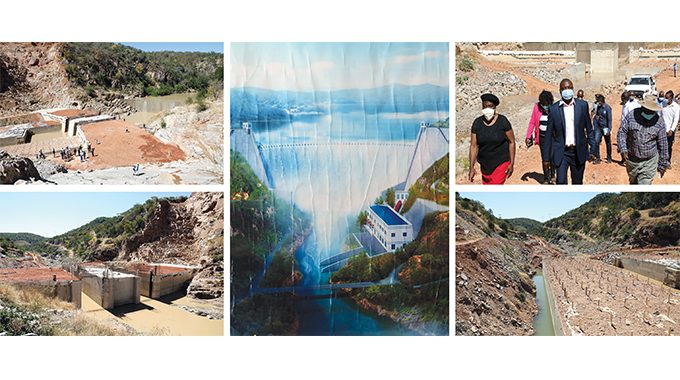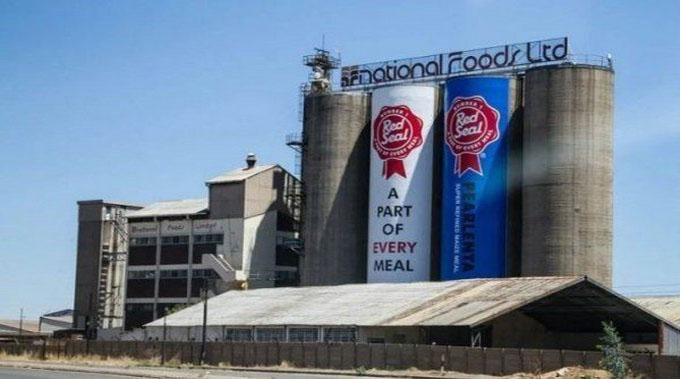COMMENT: Government shows commitment to solving Bulawayo’s perennial water challenges

THE move by the Government to avert a water crisis in Bulawayo comes as a relief to residents who now had to contend with one day of running water per week.
The Bulawayo City Council, as a means of preserving the little water left from the city’s three remining supply dams out of six, had introduced, with effect from yesterday, a 144 hour or six-day water shedding programme.
The local authority decommissioned Lower Ncema Dam last Friday adding to Umzingwane and Upper Ncema that were decommissioned last year.
Bulawayo is left with Insiza, Inyankuni and Mtshabezi Dams pumping water to the city and an urgent solution was needed to avert one of the worst water crises in years with dam levels at 30 percent capacity.
The decommissioning of Lower Ncema means only 60 to 65 ML of raw water per day would be available for the city from three supply dams and Nyamandlovu Aquifer.
Because of the depleting levels of water, some high lying suburbs have gone for one month without water posing a health risk to residents in the midst of the Covid-19 pandemic.
The Government, in response, moved swiftly to augment supplies through rehabilitating more boreholes at the Nyamandlovu Aquifer that is set to improve water supplies by the end of this month.
Speaking after the tour of the Nyamandlovu Aquifer Project on Saturday, Finance and Economic Development Minister Professor Mthuli Ncube said the Government through the Zimbabwe National Water Authority (Zinwa) was at an advanced stage of completing works at Nyamandlovu Rochester where an additional 15 boreholes are being rehabilitated to complement the 20 boreholes that are pumping water.
“As Central Government we are determined to work with the City of Bulawayo using our structures such as Zinwa and other structures to make sure the water capacity and supply is upgraded so that the city can receive the water it requires. One of the sites is this Nyamandlovu Aquifer, which is basically two sides, the Epping Forest side as well as the Rochester side. On the Rochester side it’s much more developed and we allocated $10,6 million for the drilling of additional 15 boreholes that will make it 35 boreholes. In all we would like to take it to 40 (boreholes) and that would give us about 10 megalitres (ML) a day,” said Prof Ncube.
Nyamandlovu Rochester is presently pumping about four mega litres of water a day to Bulawayo with about 10 to 15 percent being utilised by surrounding farms for irrigation purposes and the rehabilitation of the 15 boreholes is likely to improve the supplies to above 70 ML.
The city requires an average of 155 ML on daily basis.
Prof Ncube said the first phase of the borehole rehabilitation project was expected to be completed by the end of this month, with work on the second phase being expected to be carried out immediately after that.
“The first phase (Rochester Nyamandlovu), which will see the rehabilitation of 15 boreholes will be done by end of May, which is pretty fast. I’m very impressed by the speed and then the next thing is that they will submit a budget for this Epping Forest leg of the project. We need to see what the budget is and we are ready to support that as well, because we know that the two together is what is required to make this facility work optimal and be able to supply the required amount of water to the City of Bulawayo,” he said.
Prof Ncube’s tour was preceded by a visit by Local Government and Public Works Minister July Moyo last Friday where revealed that President Mnangagwa had directed that the water challenges in Bulawayo be addressed as a matter of urgency which necessitated the Finance Minister’s visit.
In the long term, Minister Moyo said the President wanted the city’s perennial water problems to be solved.
This shows the commitment by the Second Republic in solving long standing issues that have affected the people for many years.
Water is an essential source to the livelihood of the people and the economy hence fixing once and for all the perennial water challenges in the city will not only ensure livelihoods but the economic growth of the city.











Comments